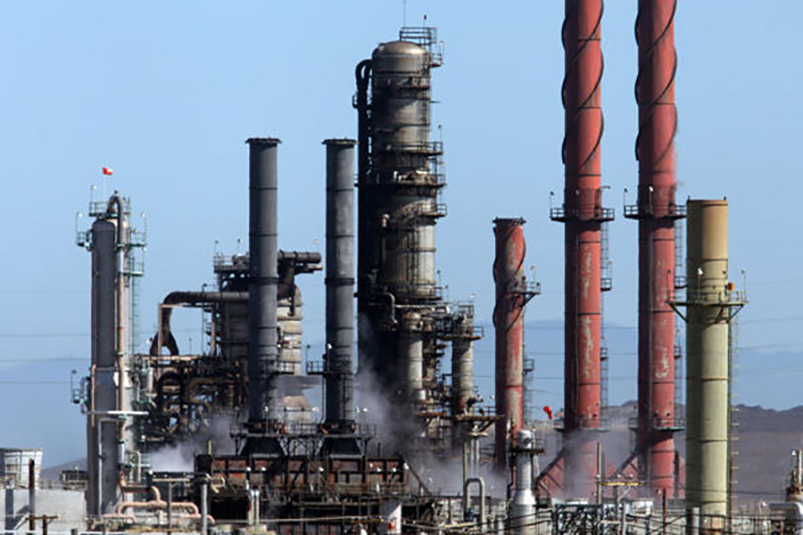Fires, explosions, and releases of toxic materials happen all too frequently in the process industries and often result in serious personal injuries or death. Determining the root causes of these incidents requires skill, experience, and knowledge of OSHA and EPA regulations as well as industry standards, often referred to as Recognized And Generally Accepted Good Engineering Practices (RAGAGEP). I offer a broad background as a chemical engineer that has worked in research and development, operations, maintenance, engineering and plant management. In all of these positions, safety and health are a primary responsibility. Ensuring compliance with Federal regulations and RAGAGEP was also a primary responsibility.
Incidents are very expensive. Besides the obvious costs to rebuild the facility, the incident may involve injury to employees, the public, or the environment and result in lawsuits. They demoralize the employees and productivity suffers. The public loses confidence in management and may demand radical changes including closing the facility. Customers may be forced to buy from your competitors and never return. Your insurance rates may go up and it may even be canceled.
Near misses and minor incidents may be the precursors of a major accident. Regardless of the magnitude or severity, when an incident occurs, it must be thoroughly investigated to determine the root causes so that they can be addressed and eliminated. Only by identifying the root causes, and correcting them, can the potential for the same or similar incident be minimized.
I offer 40 years of accident investigation experience in the chemical, petrochemical, refining, plastics and pulp & paper industries. I use the multiple causes, systems-oriented incident investigation methodology in determining the underlying causes of the incident, and is recommended by the American Institute of Chemical Engineers, the National Fire Protection Association, and the United Steel Workers Union. This method is far superior to the superficial studies frequently performed which might prevent the same accident from occurring but which will not necessarily prevent similar or more severe accidents. These superficial studies often determine that the incident was either an “Act of God” or solely the result of “Operator Error”, which are seldom the case. Most accidents are actually the result of flaws in management systems, and failure to comply with OSHA’s PSM regulation and good engineering practices. As an expert in Recognized and Generally Accepted Good Engineering Practices, OSHA’s PSM regulation, and EPA’s Risk Management Program, I am able to identify the flaws in management systems and the root causes of the incident.
I am a chemical engineer with diverse experience in the chemical industry. I have held the positions of R&D Engineer, Process Engineer, Project Engineer, Maintenance Foreman, Engineering Manager & Chief Engineer, Technical Manager, Plant Manager, and Vice President & General Manager. Within these positions, I have performed, and/or directly supervised the performance of all of the requirements of the PSM regulation.

Results of a vapor cloud explosion. (Photo by U.S. Chemical Safety & Hazard Investigation Board)

